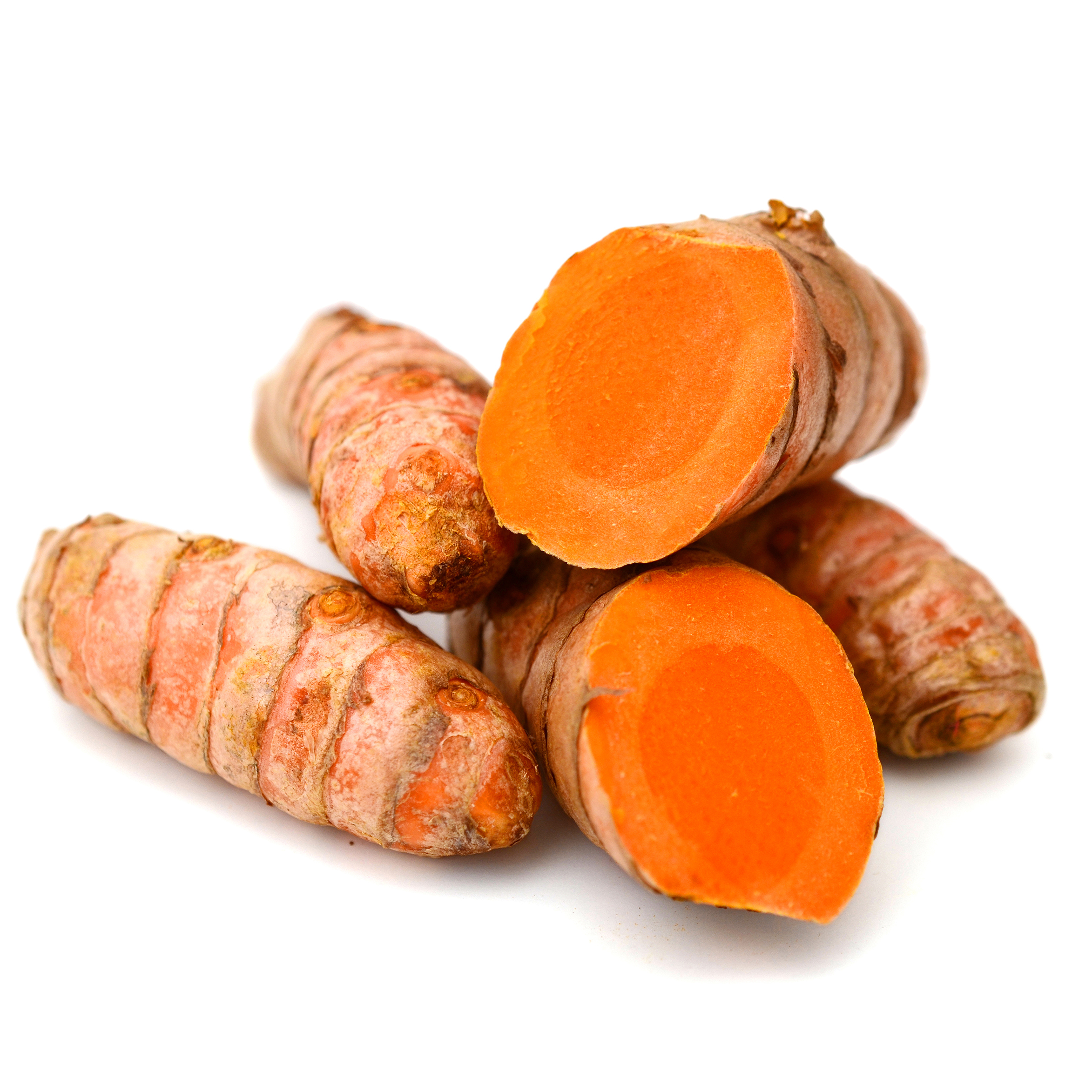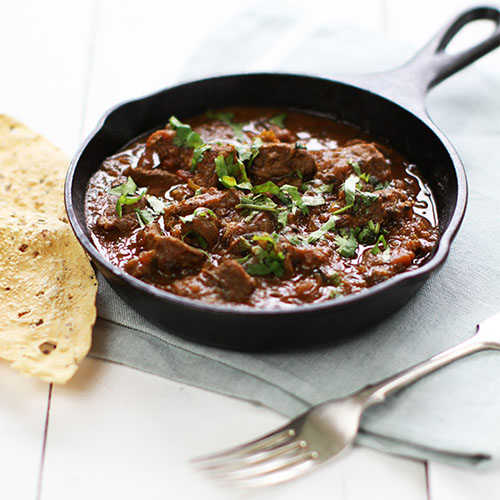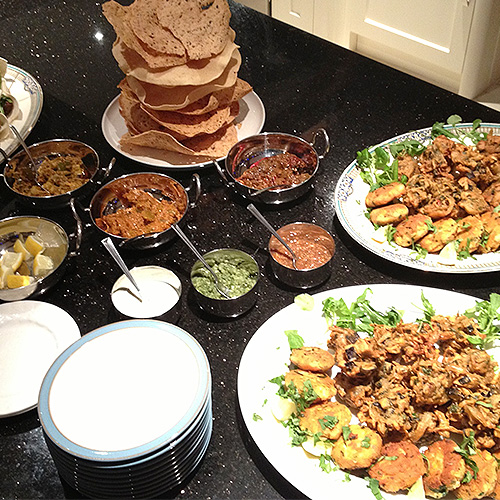It's happened to all of us (especially on a date)!
We go out for an Indian meal wearing our favourite top/shirt/jacket and at some point, that lovely Indian sauce gets flicked right down your front. And best of all, you can't get it out. And it's all thanks to the wonder spice that is Turmeric.
It's mainly used as a spice, of course, but it also has other amazing properties from being used as a dye right through to some extraordinary medical applications (this is why Indians call it the super spice).
The Biology
Turmeric (Curcuma Longa) is a plant that is native to South Asia. It's a member of the ginger family and it grows thick, finger-like roots that look remarkably similar to root ginger. Well, apart from being smaller and having bright orange flesh.
In India, these roots are boiled then dried in large ovens or under the roasting hot sun. Once dried, the roots are ground to create the wonderful deep orange powder that we call Turmeric. It's also known as Haldi or Haridra, even Indian saffron, it's that good.
The Spice
Turmeric has a slight bitter taste with musky, earthy undertones. Normally used in powder form, but in some regions where it grows locally (such as in Maharashtra) the leaves of the plant are used to wrap and cook food in, as this imparts a distinct, aromatic flavour. The fresh root can also be used like ginger and in the Far East, fresh turmeric pickle is a common dish.
Turmeric is used in most Indian dishes where its main purpose is to give that iconic 'curry' colour, flavour and aroma. Be careful when you used it though as too much will give your food a chalky aftertaste. And it might look similar but don't substitute for saffron as the flavours of the two spices are completely different!
Health Benefits
Curcumin is the active ingredient in turmeric and this is what gives the root its orange colour. In traditional Indian remedies, turmeric paste is a natural antiseptic and is used for treating cuts and burns. It's used to make a warm tonic with milk to remedy sore throats and colds (my dad used to mix turmeric into warm milk and drink it all the time - apparently as an all round drink that did good things to your body). Skin ailments such as eczema and dermatitis are also treated with turmeric concoctions and it's even used as a cosmetic as it improves the complexion of your skin.
And don't think this is all just folklore. Modern medical research has found that curcumin has significant levels of anti-inflammatory agents including potent antioxidants that can protect the body against free radicals. For this reason, it's being extensively tested and researched in cancer treatment and research programs. The National Institute of Health has funded a number of studies over the past few years to look into curcumin's potential ability to prevent and treat a wide range of diseases such from cancer, cystic fibrosis, Alzheimer's and arthritis.
I do love how interesting folklore becomes hip and trendy and it now seems that turmeric drinks are all the 'spice rage' and hitting the capital in a big way. The Source juice company has started to reignite the wonder that is turmeric by using it in a fab range of new juices. I love that the this yellow root is starting to get recognised for its super powers and it's not just me raving about it.
If you are an avid juicer then check out this article on how humble little turmeric has reinvented itself and made its way to the shelves in Selfridges.
All that from one spice. So yes, it stains your t-shirt but that's about the only bad thing you can say about it!
Back to Blog





Comments